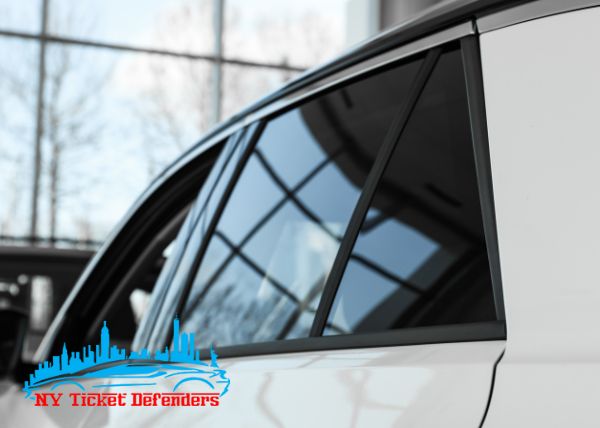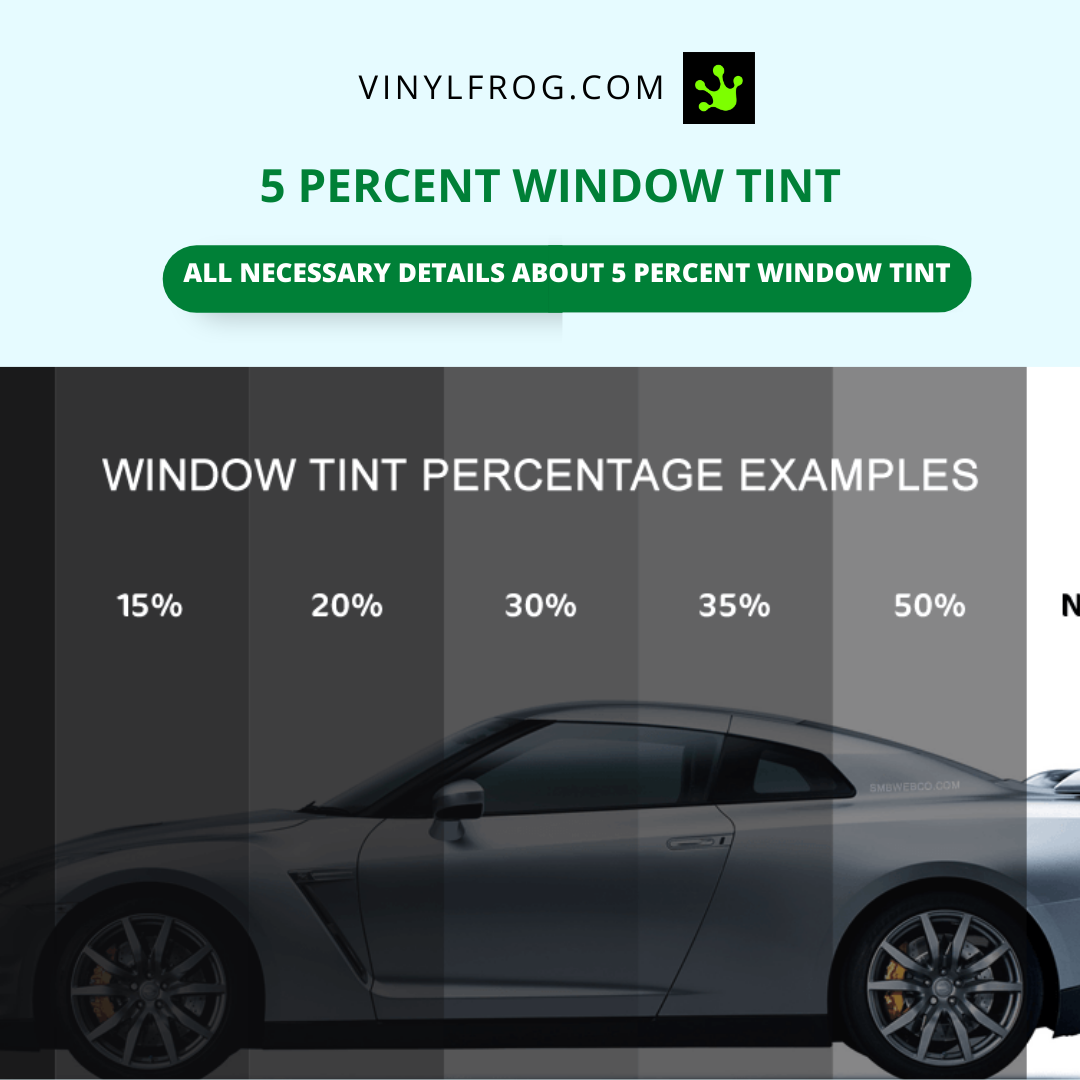Why Auto Window Tinting is a Must-Have for Modern Autos
Why Auto Window Tinting is a Must-Have for Modern Autos
Blog Article
Window Tinting Rules and Standards: What You Need to Know Prior To Tinting Your Cars And Truck
Before proceeding with home window tinting for your vehicle, it is important to familiarize on your own with the varied legislations and standards that govern this technique across different states. These guidelines dictate the permitted degrees of tint darkness, typically determined by noticeable light transmission (VLT) portions, and include particular stipulations for front windscreens intended at guaranteeing road safety.
Overview of Home Window Tinting Laws
Home window tinting laws are regularly based on variation across different territories, reflecting local policies and security considerations. These laws dictate the permissible degrees of tint darkness and reflectiveness on automobile windows, ensuring that chauffeurs maintain adequate presence while likewise protecting versus damaging UV rays and heat.
Most regulations categorize home window tinting based upon the Visible Light Transmission (VLT) percentage, which suggests the quantity of light that can pass with the home window. Usually, lower VLT percents signify darker colors. Regulations typically separate between the front, side, and rear windows, with stricter constraints related to the front windscreen to enhance safety for both the vehicle driver and other road customers.
Compliance with window tinting policies is critical, as infractions can result in penalties, required removal of the color, and potential rises in insurance coverage costs. It is vital for car proprietors to familiarize themselves with regional legislations before proceeding with window tinting installments.
State-by-State Tint Regulations
Understanding the particular window tinting policies in each state is vital for vehicle owners looking for to abide with the legislation. Each state in the united state has actually developed its very own collection of regulations controling home window tinting, which can differ considerably. These guidelines commonly dictate the allowed levels of tint darkness, the kinds of home windows that can be tinted, and any type of clinical exemptions that may use.
As an example, states like The golden state have rigorous restrictions on tint darkness for front windows, while others, such as New Mexico, might enable darker colors. Furthermore, certain states mandate specific exposure percents for various home windows, consisting of the windscreen, front side windows, and rear windows. It is important for cars and truck proprietors to familiarize themselves with their state's regulations to avoid potential fines or penalties.
Moreover, some states might need a qualification sticker to be positioned on tinted windows, indicating compliance with state regulations. Failing to comply with these policies not only risks legal repercussions however can also influence security and visibility while driving. As a result, lorry owners must carry out thorough research or seek advice from neighborhood authorities to make sure full understanding and conformity with state-by-state color laws.
Allowed Tint Degrees and Kinds
Many vehicle owners may be amazed to discover that allowed color levels and kinds differ widely throughout various states. Each state has established its very own guidelines regarding the permissible darkness and reflectivity of home window color, typically measured by Visible Light Transmission (VLT) percentages. VLT refers to the quantity of light that can go through the tinted home windows; thus, a lower percent shows a darker color.

Moreover, the sorts of color products enabled can differ, with some states forbiding metallic or mirror-like coatings. It is important for vehicle proprietors to familiarize themselves with their state's specific laws to make certain conformity. Non-compliance can cause penalties, required removal of the tint, or various other legal consequences, making it vital to comprehend these guidelines prior to continuing with installment.
Medical Exemptions for Tinting
While not all states give allocations for medical exceptions regarding window tinting, those that do recognize the necessity for details individuals to improve presence and convenience due to clinical problems. Different medical problems, such as lupus, skin cancer, and particular eye problems, can provide people specifically conscious sunlight. Consequently, these people might need darker tints to shield themselves from dangerous UV rays and glare.

It is important to keep in mind that despite having a medical exemption, there may still be constraints on the level of tint allowed. Conformity with state laws guarantees that people are both secured and within legal restrictions. Those considering medical exemptions ought to contact their neighborhood Department of Motor Vehicles or comparable authority to comprehend the additional resources treatments and needs essential to apply for an exception properly.
Charges for Non-Compliance
Falling short to follow home window tinting regulations can cause significant charges, which vary by state. Regulation enforcement firms are encouraged to provide citations for vehicles that do not adhere to the specified tinting policies. These fines usually consist of fines, which can vary from small quantities to a number of hundred bucks, depending upon the severity of the offense and the state in question.
In some jurisdictions, repeated offenses may cause rising fines or added fines, such as required court appearances. Furthermore, non-compliance might require the removal of illegal tinting, typically hop over to here at the proprietor's cost. In extreme situations, habitual wrongdoers may encounter suspension of their automobile enrollment until compliance is attained.
Additionally, insurance coverage effects may occur from getting several citations for window color offenses. Insurance firms may view such offenses as an indication of riskier actions, potentially leading to increased costs or trouble in protection.
To prevent these penalties, it is important for lorry owners to familiarize themselves with their neighborhood window tinting regulations and make certain that their automobile complies (Window Tinting). This positive strategy not only avoids lawful implications but likewise advertises roadway security
Conclusion

Many laws classify window tinting based on the Visible Light Transmission (VLT) portion, which suggests the amount of light that can pass via the window. Compliance with window tinting laws is essential, as violations can result in fines, mandatory removal of the color, and prospective increases in insurance costs.Recognizing the particular window tinting guidelines in each state is vital for automobile owners seeking to conform with the regulation. These regulations typically dictate the allowed levels of color darkness, the types of home windows that can be tinted, and any kind of clinical exemptions that might apply.
For circumstances, states like The golden state have strict constraints on tint darkness for front home windows, while others, such as New Mexico, may allow darker tints.
Report this page